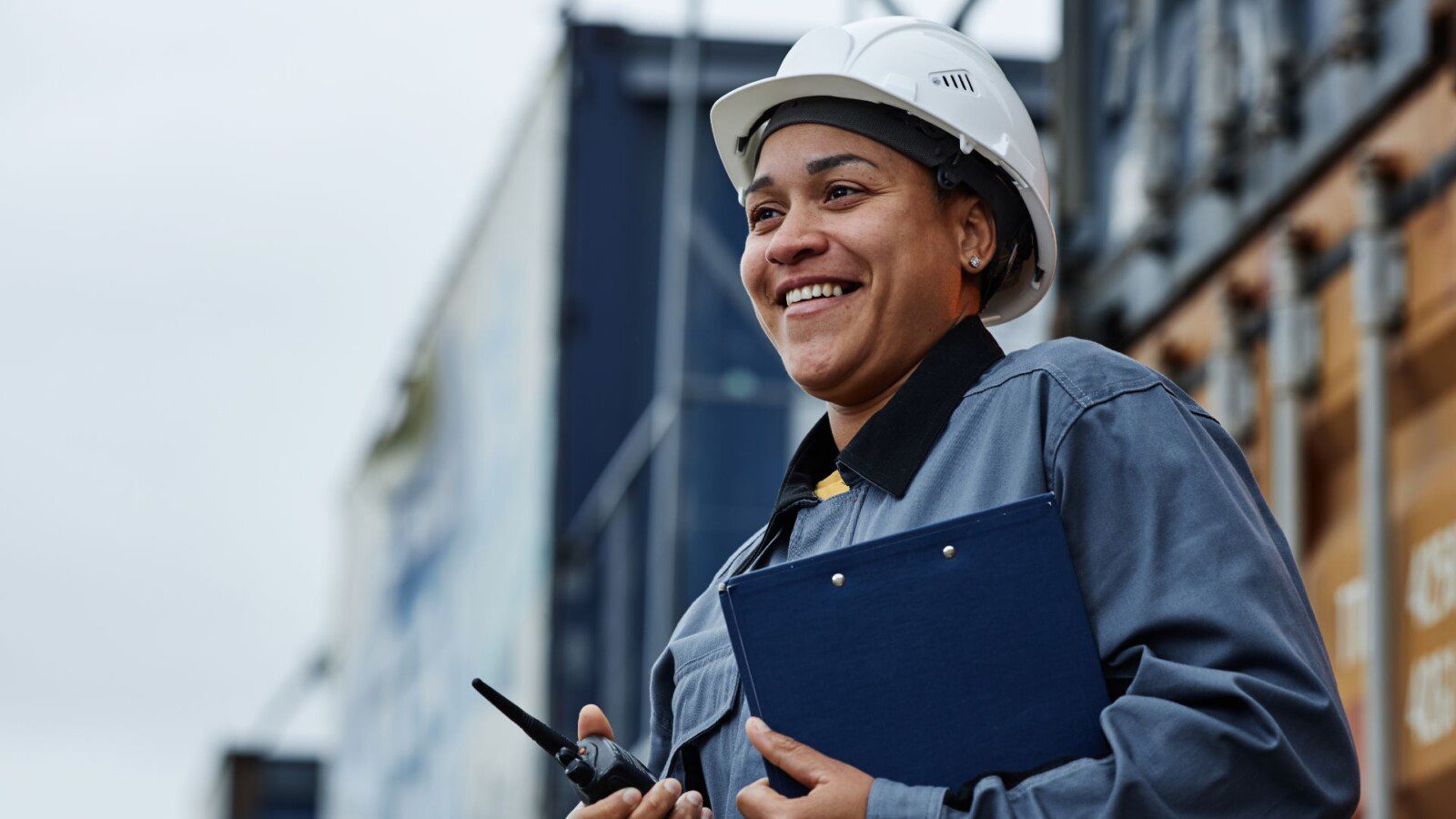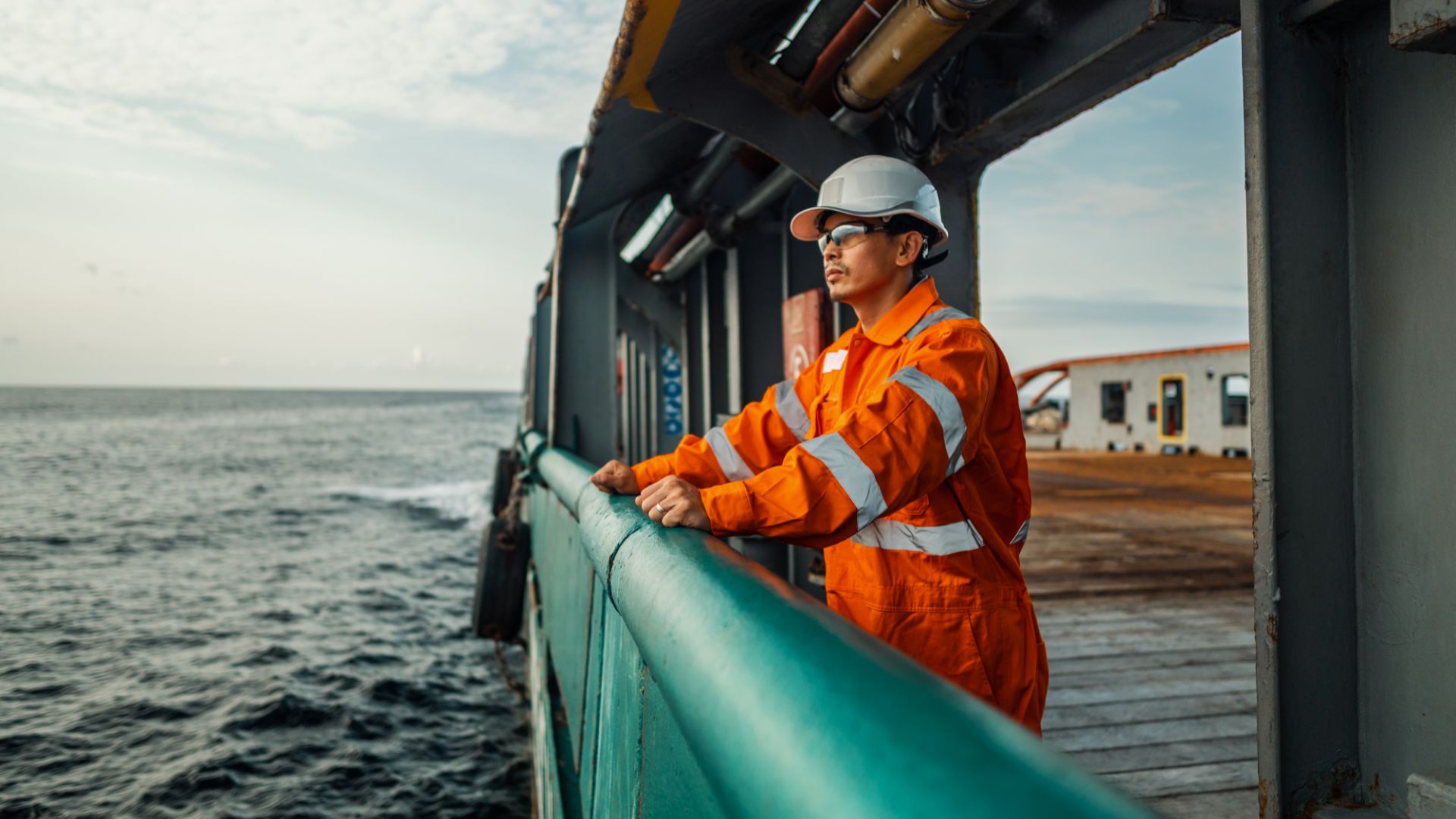Topics Explored
It starts early, typically before sunrise — the soft rumble of machinery a constant accompaniment. On the bridge, a watch officer studies the most recent weather forecasts, checks navigation gear, and quietly runs through the day’s mounting list of chores. Below deck, an engineer works through outstanding maintenance tasks, fretting about family and whether there will ever be a chance to get ahead. The sea can be calm on top, but nothing ever slows down out at sea. The psychological stress, the sheer hours, the quiet responsibility hush — it all adds up.
Today’s seafarers are expected to do more, with less. Crews are smaller, systems are more advanced, and expectations around performance and safety have never been higher. Yet alongside technical demands, a quieter crisis persists: isolation, fatigue, and mental strain continue to weigh heavily on those who keep vessels moving. While global initiatives aim to improve conditions, real progress still hinges on understanding the day-to-day challenges seafarers face.
This article explores the critical connection between seafarer welfare and training. We’ll look at why mental health, morale and operational readiness are inseparable, and how structured, scenario-based learning can strengthen not just compliance, but resilience and retention. From international STCW standards to the role of MCA-approved programmes, we’ll examine how the right approach to training can elevate wellbeing and reduce risk.
The Growing Need to Support Crew Wellbeing
“Steel ships, iron men” may be a romantic notion, but today’s mariners need more than grit. A 2022 systematic review of 63 studies found that roughly one in three seafarers screens positive for anxiety or depression, far higher than land-based averages.
When stress and fatigue creep on board, safety suffers. The UK Marine Accident Investigation Branch estimates that up to 80% of maritime accidents involve human factors. Night-watch collisions, slips on oily decks, even cyber-incidents, all trace back to tired or distracted people.
Failing to look after crews also affects operational costs. Fatigue-related mistakes are a leading cause of unplanned downtime: one mis-timed manoeuvre can put a vessel off-hire for weeks while repairs and investigations play out. Ports may detain a ship if manning levels or rest-hour records fall short, triggering costly delays and charter-party penalties. Insurers, meanwhile, are quick to link poor morale to higher claims; repeated incidents can push Protection & Indemnity premiums sky-high or see deductibles rise at renewal. In short, neglecting seafarer wellbeing doesn’t just endanger lives, it drains revenue and invites regulatory fines.
Fortunately, evidence-based interventions work. The Mission to Seafarers’ data show happiness scores leaping when crews enjoy reliable internet, varied diets and purposeful training opportunities, proof that modest investments can pay enormous dividends.
The Link Between Seafarer Training and Welfare
Training is often viewed through a compliance lens, yet its welfare dividend is equally powerful. Quality maritime safety training supports both physical and psychological safety in a number of ways:
- Builds confidence. A deckhand who has rehearsed enclosed-space rescues reacts faster under pressure, cutting accident severity and post-incident trauma.
- Creates shared language. From mariner’s training in firefighting to bridge resource management, common procedures reduce friction between multicultural crews.
- Provides progression. Clear development pathways give seafarers a reason to stay, easing the talent crunch that has pushed wage inflation on certain routes into double digits.
The International Convention on Standards of Training, Certification and Watchkeeping (STCW) remains the global baseline, playing a crucial role in promoting crew readiness. Its comprehensive Basic Safety Training modules cover personal survival, first aid, fire prevention and social responsibility, all designed to equip mariners with essential skills to handle and help prevent emergencies effectively.
Scenario‑based drills that mirror real threats like piracy or stowaway incidents can make STCW training far more impactful, reinforcing readiness in a way that’s deeply relevant to modern crews. These types of practical, applied sessions are where the benefits of high-quality training really come to life.
Why MCA-Approved Courses Matter For Your Crew
The UK’s Maritime & Coastguard Agency certifies seafarers against some of the world’s most demanding standards, overseeing everything from lifesaving appliances to health, safety and welfare. An MCA-approved badge therefore, signals to charterers, insurers and regulators that your people meet, often exceed, international norms.
Security training is most effective when it’s flexible, engaging, and directly applicable to life at sea. Courses like Proficiency in Security Awareness (PSA) and Proficiency in Designated Security Duties (PDSD) are designed to deliver just that — covering everything from maritime threat identification to emergency response and ISPS Code responsibilities. Delivered online in concise, interactive modules, they fit neatly around demanding watch schedules and operational needs.
When these courses are MCA-approved and aligned with STCW standards, as with those offered by Securewest, crews gain not just certification, but the practical skills and confidence needed to maintain onboard security in today’s evolving threat landscape.
Snapshot of MCA-Approved Benefits
- Globally recognised certification that accelerates port-state control clearance
- Up-to-date threat scenarios rooted in current intelligence feeds
- Flexible e-learning reducing travel costs and carbon footprint
- Minimal shore time, maximum reassurance – for shipowners and crews alike.

Investing in Professional Development at Sea
Seafaring is evolving faster than a spring tide. Alternative fuels, AI-enabled navigation and autonomous systems demand continuous upskilling. This upskilling also means retention. Industry surveys show officers who receive regular maritime professional development are 30% less likely to jump ship mid-contract.
Cyber-risk, in particular, has vaulted up the agenda. One recent survey found 31% of maritime professionals had suffered at least one cyber-attack in the 12 months to October 2024, up from 17% over the previous five years. Meanwhile, Marlink’s SOC logged 50 billion firewall events across 1,800 monitored vessels in H1 2024.
Modern maritime training blends practical drills with scenario-based learning to prepare crews for the complex risks they face at sea, building the readiness and confidence needed to respond quickly and effectively. Whether it’s understanding security protocols or practising coordinated responses, well-structured training equips every crew member, from cadet to chief engineer, with the knowledge to protect their vessel, their colleagues, and themselves.
Beyond security, decarbonisation brings its own knowledge gap. With the IMO’s 2030 emissions checkpoint looming, operators are scrambling to master topics like LNG bunkering, ammonia toxicity protocols and energy-efficiency monitoring. Embedding those subjects into career progression plans keeps crews, cargo and reputations intact.
A Holistic Approach to Crew Wellbeing, Security and Readiness
Tick-box courses aren’t always the solution. Securewest advocates a circular model in which seafarer welfare informs risk assessments, which in turn shape training content, which then feeds back into welfare outcomes:
- Pre-deployment. Psychometric screening identifies stress indicators; tailored resilience coaching starts before crews step on the gangway.
- On board. PSA/PDSD modules reinforce vigilance, while quarterly welfare check-ins track mood, workload and connectivity.
- Crisis response. Should an incident occur, Securewest’s 24/7 Global Response Centre coordinates medical evacuation, counselling and debriefs.
- Continuous improvement. Data from incident reports and happiness surveys refine future course material, creating a living feedback loop.
- By embedding security and compliance into every stage of crew management, Securewest not only enhances the wellbeing of seafarers but also fortifies the vessel’s operational integrity against evolving maritime threats.
The result is a demonstrable reduction in lost-time accidents, faster recovery from incidents and a measurable uplift in crew mental health scores, benefits that resonate with ESG-minded charterers and insurers.
Sustainability, ESG and the Talent Pipeline
Lowering a ship’s carbon emissions is essential, yet it’s only part of what customers and lenders care about. These days, cargo owners also want proof that crews are treated well – are you following basic seafarer-rights rules, rotating staff promptly, and offering proper mental-health support? If you can show you tick those boxes, you’re more likely to win new contracts, and it can even help when banks decide whether to finance your fleet, because they now weigh these “ESG” factors in their lending choices.
Attracting Gen Z talent adds another incentive. Surveys by the UK Chamber of Shipping show young seafarers rank mental-health support and career progression above wage packets when choosing an employer. Embedding MCA-approved learning pathways, and proving they translate into real wellbeing gains, helps keep bright minds in the industry.
Training as the Cornerstone of Modern Mariner Welfare
Crew wellbeing is now a strategic asset. By pairing evidence-based maritime crew training with robust mental-health support, operators can raise safety margins, boost retention and protect brand value. MCA-approved courses such as Securewest’s PSA and PDSD provide the gold standard, but they work best when embedded in a holistic, data-driven welfare framework.
The next move is yours. Explore how Securewest’s integrated training solutions can help your people, and your voyages, go further, safer and happier. After all, a ship may run on fuel and data, but it succeeds on human spirit.
